|
Wood Directory
| Alder |
| Botanical
Name: |
Alnus rubra |
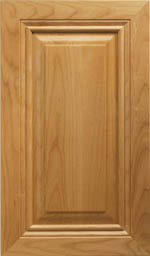 |
| Description: |
Red alder
is easy to cut and it takes finishes very well, especially if
a wash coat of thinned shellac is applied before staining. This
wood can be of significant value in woodworking, despite its
relatively modest reputation. |
| Other Names: |
Western alder,
Oregon alder. |
| Source: |
Pacific Coast
of North America. |
| Characteristics: |
Generally
straight grain; fine, even texture; pale yellow to reddish brown. |
| Finishing: |
Accepts finishes
well. |
| Douglas Fir |
| Botanical
Name: |
Pseudotsuga
menziesii |
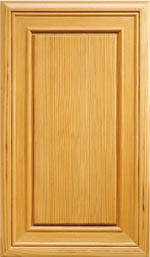 |
| Description: |
One of the
most widely used woods in North America and the continent’s
most plentiful species. Douglas-fir is highly valued as a construction
wood because of its strength, stiffness, moderate weight and
availability of large size timbers. |
| Other Names: |
British Columbia
pine, Oregon pine, yellow fir, red fir. |
| Source: |
Canada, Western
U.S.A., Europe. |
| Characteristics: |
Straight grain;
medium texture; reddish brown; may be resinous. |
| Finishing: |
Accepts finishes
fairly well. |
| White Ash |
| Botanical
Name: |
Fraxinus americana |
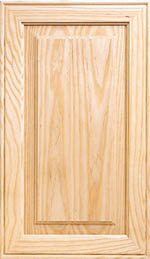 |
| Description: |
White ash
can be considered the all-American leisure wood. It is used
to make oars, pool cues, baseball bats, garden tool handles
and is used extensively in boat building. |
| Other Names: |
American white
ash, Canadian ash, American ash. |
| Source: |
Canada and
U.S.A. |
| Characteristics: |
Straight grain;
coarse texture; light brown heartwood with almost white sapwood. |
| Finishing: |
Accepts finishes
well. |
| Hickory |
| Botanical
Name: |
Carya spp. |
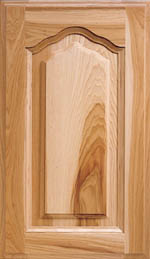 |
| Description: |
For strength,
hardness and flexibility, hickory is the best commercially available
wood in North America. It is used for tool handles, such as
axes and mauls and for sporting equipment. |
| Other Names: |
Shagbark hickory,
pignut, hickory, mockernut hickory, red hickory, white hickory |
| Source: |
Eastern U.S.A. |
| Characteristics: |
Normally straight
grain, but can be irregular or wavy; coarse texture, brown to
reddish brown heartwood; white sapwood. |
| Finishing: |
Accepts finishes
well. |
| European Steamed Beech |
| Botanical
Name: |
Fagus Sylvatica |
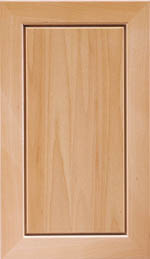 |
| Description: |
Hard, strong
and heavy close-grained hardwood, used for everything from fruit
and berry baskets, barrels and containers, drawer construction,
fences and jig and fixture work used in woodworking. Beech is
good for producing wood toys because of its non-toxic qualities
and its lack of any tendency to splinter. |
| Other Names: |
German Beech
and French Beech. |
| Source: |
Europe, United
Kingdom, and West Asia. |
| Characteristics: |
Straight to
interlocked grain, close-grained; fine texture. White sap wood;
Heartwood whitish to pale/pinkish/brown. |
| Finishing: |
Accepts finishes
well. |
| Lyptus |
| Botanical
Name: |
Eucalyptus
spp. |
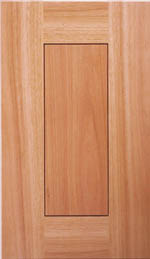 |
| Description: |
The characteristics
of this new species are that it is a fast growing, dense hardwood,
grown on plantations, interspersed with native species to give
balance to the ecosystem. Not a rainforest species, its tremendous
growth values allow it to produce 30x the volume of wood per
acre, compared to unmanaged forests. |
| Source: |
Lyptus is
plantation grown in Brazil and Uruguay. |
| Characteristics: |
Lyptus is
a new species of wood with the appearance of cherry and the
grain of fine mahogany. It has a density ranging from genuine
mahogany to hickory and the surfacing qualities of mahogany,
yet does not have the finishing problems often associated with
these comparison species. Varies in color from reds to light
brown. |
| Finishing: |
Accepts finishes
well. |
| Red, White, Natural
Birch |
| Botanical
Name: |
Betula papyrifera |
 |
| Description: |
Birch is a
tough, heavy wood. Its bark was used by Native Americans to
fashion wigwams and canoes so that many people still refer to
it as "canoe birch." |
| Other Names: |
White birch,
sweet birch, American birch. |
| Source: |
Canada, U.S.A. |
| Characteristics: |
Straight grain;
fine texture; wide, creamy white sapwood, pale brown heartwood. |
| Finishing: |
Accepts finishes
well. |
| Cherry |
| Botanical
Name: |
Prunus serotina |
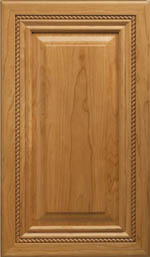 |
| Description: |
Extremely
stable when it comes to checking and warping and exceptionally
beautiful. Black cherry is one of North America’s finest cabinet
woods. |
| Other Names: |
American cherry,
rum cherry, whiskey cherry, wild cherry, fruitwood. |
| Source: |
Canada, U.S.A. |
| Characteristics: |
Fine grain;
smooth texture; reddish brown to deep red heartwood. |
| Finishing: |
Accepts finishes
well. |
| Honduras Mahogany |
| Botanical
Name: |
Swietenia
macrophylla |
 |
| Description: |
Not only one
of the most valuable timbers in South and Central America, this
species is also, without a doubt, one of the foremost cabinet
woods in the world. |
| Other Names: |
Caoba, Acajou;
Central American, Honduras, Peruvian, Brazilian, Costa Rican,
Nicaraguan mahogany, etc.,according the the country of origin. |
| Source: |
Central and
South America. |
| Characteristics: |
Straight to
interlocked grain; medium coarse texture; light reddish brown
to medium red. |
| Finishing: |
Excellent
with all finishes. |
| White Oak |
| Botanical
Name: |
Quercus spp. |
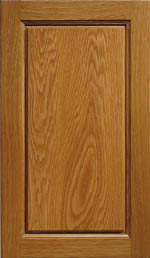 |
| Description: |
This oak –
a wood of unique versatility – produces the finest oak veneers
and lumber. Its most valued property is a honeycomb-like substance
that makes the wood watertight and ideal for whiskey barrels. |
| Other Names: |
American white
oak, burr oak, swamp white oak, chestnut oak, overcup oak, swamp
chestnut oak. |
| Source: |
Canada and
U.S.A. |
| Characteristics: |
Straight grain;
moderately coarse texture; light tan with a yellowish tint.
|
| Finishing: |
Accepts finishes
well. |
| Maple |
| Botanical
Name: |
Acer saccharun |
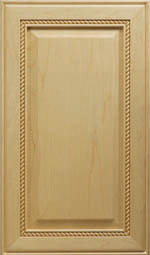 |
| Description: |
A dense wood,
hard maples uses often take advantage of its resistance to wear
and abrasion. It is used in bowling alleys and dance floors.
|
| Other Names: |
Rock maple,
sugar maple, white maple (sapwood), birds eye maple (if the
distinguishing grain is present). |
| Source: |
Canada and
U.S.A. |
| Characteristics: |
Straight grain,
occasionally curly, wavy or birds eye; fine texture; heartwood
is reddish brown; sapwood is white. |
| Finishing: |
Accepts finishes
well. |
| Red Oak |
| Botanical
Name: |
Quercus spp. |
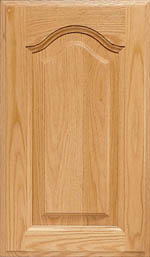 |
| Description: |
Red oak, the
most common oak variety in North America, grows very quickly
- young trees often sprout a foot a year. |
| Other Names: |
Northern red
oak, American red oak, Canadian red oak, gray oak. |
| Source: |
Canada and
Eastern U.S.A. |
| Characteristics: |
Straight grain;
coarse texture; pinkish red color. |
| Finishing: |
Satisfactory
because of open pores. It should be filled before any finishing
or painting. |
| Ponderosa Pine |
| Botanical
Name: |
Pinus ponderosa |
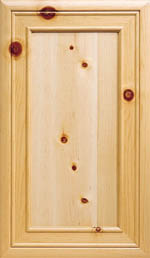 |
| Description: |
One of the
most attractive pines, the ponderosa grows across western North
America and sometimes makes its home at elevations of more than
10,000 feet in the Rockies. |
| Other Names: |
Big pine,
bird’s eye pine, knotty pine, pole pine, prickly pine, western
yellow pine. |
| Source: |
Canada and
Western U.S.A. |
| Characteristics: |
Wide light
yellow sapwood; darker yellow to reddish brown heartwood; generally
straight grain; even texture. |
| Finishing: |
Accepts finishes
well. |
| Walnut |
| Botanical
Name: |
Juglans nigra |
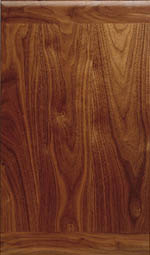 |
| Description: |
Owing to its
great beauty and good working characteristics, black walnut
is one of the most valuable native woods in North America. Since
colonial times, its wide range of figures has graced the finest
American cabinetwork. |
| Other Names: |
American black
walnut, American walnut, Virginian walnut (U.K.); walnut, Canadian
walnut. |
| Source: |
Eastern U.S.A.
and Ontario, Canada. |
| Characteristics: |
Tough wood
of medium density; generally straight grain; medium coarse texture;
dark brown to purplish black. |
| Finishing: |
Accepts natural
wood finishes especially well. |
|
|
|














